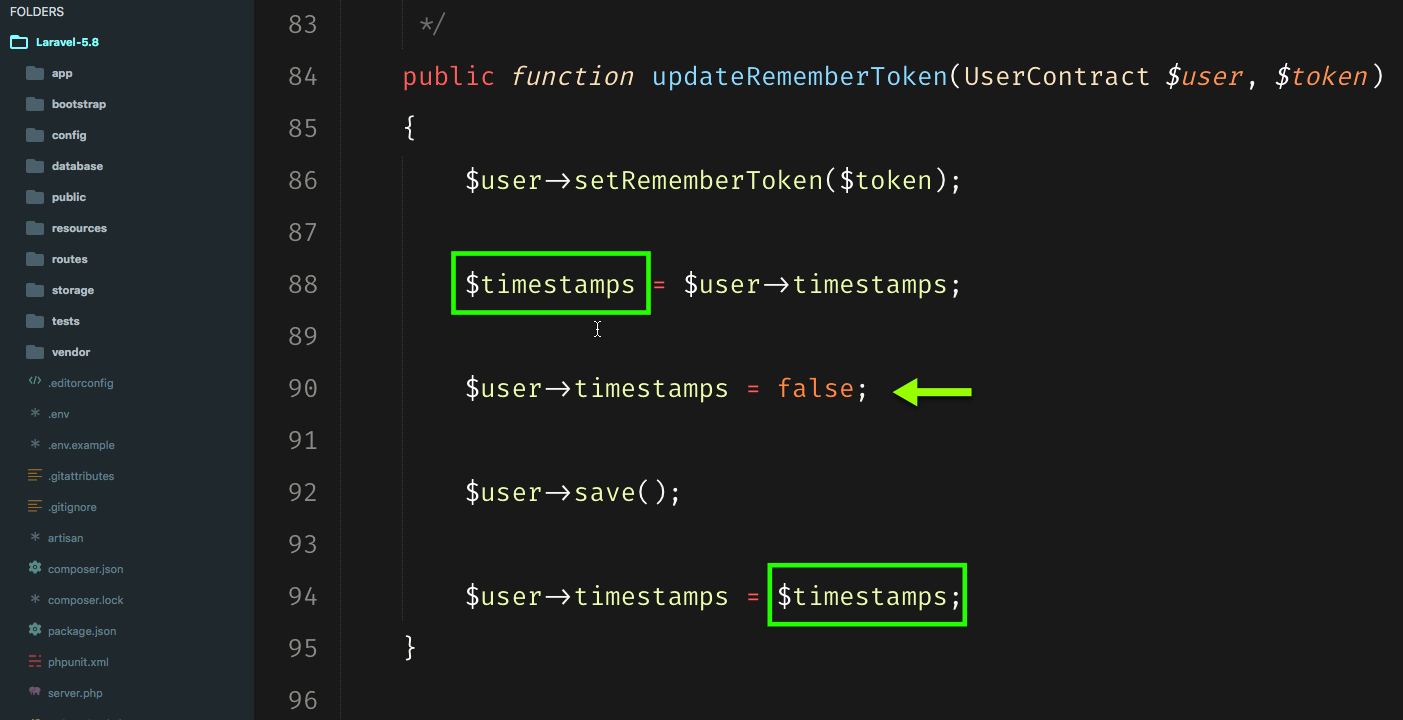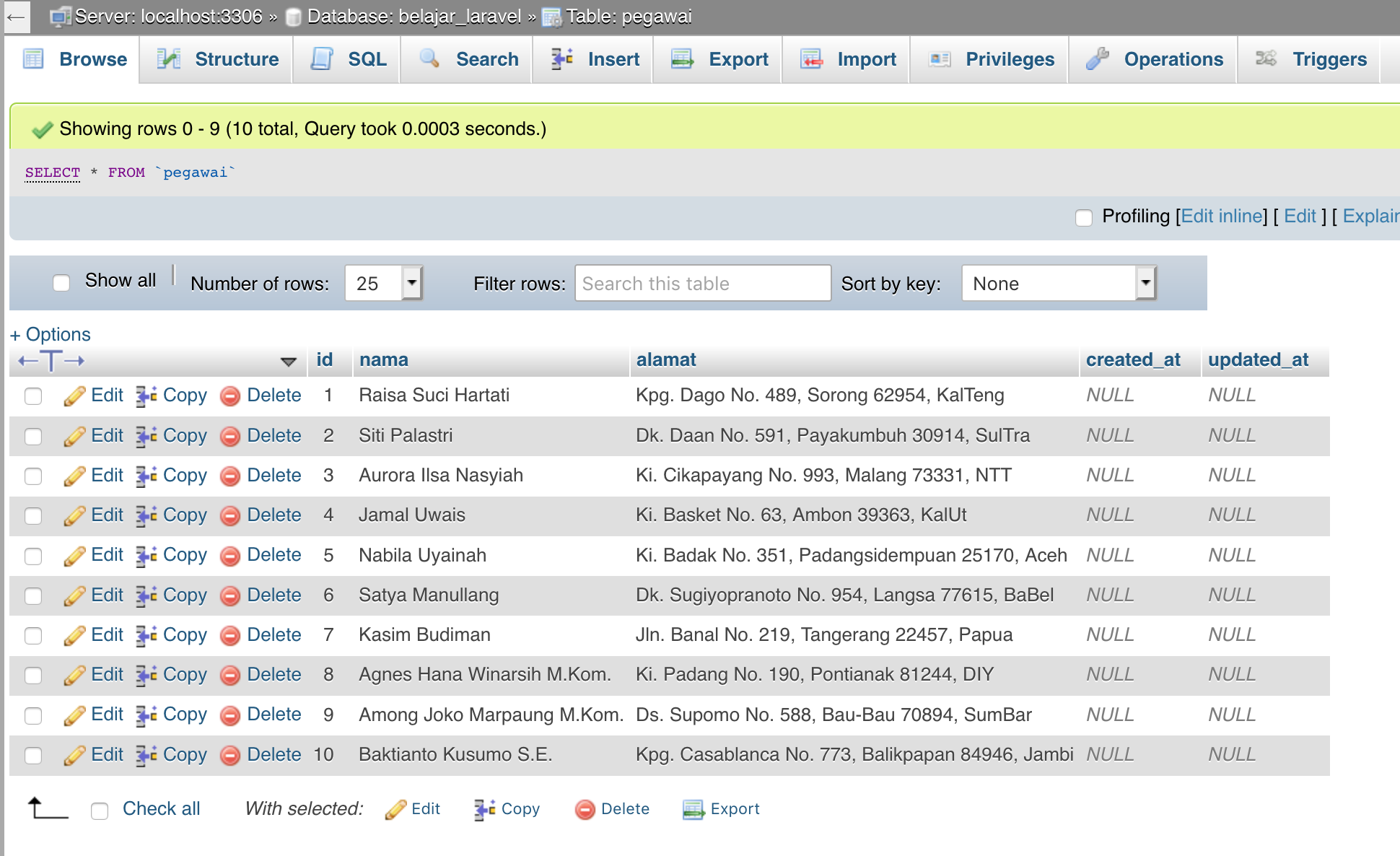

Read also: Subquery Joins Example in Laravel get data using laravel eloquent join 3 tables, you can see the following example: $users = User::join('posts', 'er_id', '=', 'users.id') In this example, we will see the join example with laravel eloquent with 3 tables. We can write this above equivalent query like : $post = Post::join('comments', 'ment_id', '=', 'comments.id')->first() get data using laravel eloquent join 3 tables, you can see the following example: In this example, we will see the join example with laravel eloquent with 2 tables. See the below example: $post = Post::with('comments')->first() ĭd($post->comments) // get all of the comments relation So I will show you laravel eloquent join 2 tables and also laravel eloquent join 3 tables with query example: You know that this query gives us better performance than the eager loading query. But in this example, I will show you how we can join 2 or more then 2 tables which means multiple tables with Laravel eloquent. We know the join query using the query builder.
#Eloquent laravel how to#
model behaviours, like casting data.In this tutorial, I will show you how to join tables in Laravel using Laravel eloquent. If you intend to use the Repository class to do differently than models. Tip: One of useful case of insert, is when you use Repository pattern. If you are an expert you wont be questioning this much, and whatever you do is perfect. thats for average to beginner level users. By default models are created in the app directory with the namespace of App. Both have ID columns, and there is a userid in the post, which is a foreign key for the users’ table. Models can be stored anywhere thanks to PSR4. Let’s say you have two tables, users and posts.
#Eloquent laravel install#
Now run the following composer command to install Eloquent.

It’s also known as laravel inner join eloquent. First, create a new folder in the public directory and name it eloquent. If you ask me, it depends on how you want to use Eloquent, I recomand using Laravel conventions. 1: Laravel Join Eloquent In laravel if we join two tables it selects records if the given column values matching in both tables. so this can significanly change the behaviour of your persisting of data. One of them is the getters and setters, also known as mutators and accessors. and overall takes more time going trough more layers. This will broadcast 4 extra events of our application. However the create is going to go through more layers like mass assignement, and trigger saving, creating, created and saved, eloquent events consecutively. this operation would only broadcast booting and booted Eloquent models events. The insert method would not care about mass asignement, nor it would broadcast all model events. The create() method would pass thourgh many layers and will hit insert() at some point which calls the QueryBuilder, to persist data to our database. Given you have some ModelName, you want to insert data to the database, there is multiple ways but two popular elegant and easy to guess methods are. but thats where we might be curious as using wrong methods would affect our app or its behaviour if we are not cautious enough. we can choose from a veraity of methods, helping our process. Now whenever we are about to store data to the database. If you are coming from NodeJS world and Sequelize.Įntity Framework and C#, you got the basic idea.Įloquent has some elegant awesome features to do all CRUD operations on our databases.Īrguably its the best piece of the entire Laravel Framework.

If you are coming from Java world and Hibernate, this is Hibernate of PHP and Laravel. In addition to retrieving records from the database table, Eloquent models allow you to insert, update, and delete records from the table as well. When using Eloquent, each database table has a corresponding "Model" that is used to interact with that table.

Laravel includes Eloquent, an object-relational mapper (ORM) that makes it enjoyable to interact with your database. Laravel's documetation introduction to Eloquent: In all our apps, at some point or another, we need to save a record to the database, luckily Laravel helps us tremendously using Eloquent. Im new to laravel (switched from CI) and eloquent ORM is still a bit of a mystery at some point Here is my problem : Id like to sort data from my db using Eloquent.


 0 kommentar(er)
0 kommentar(er)
